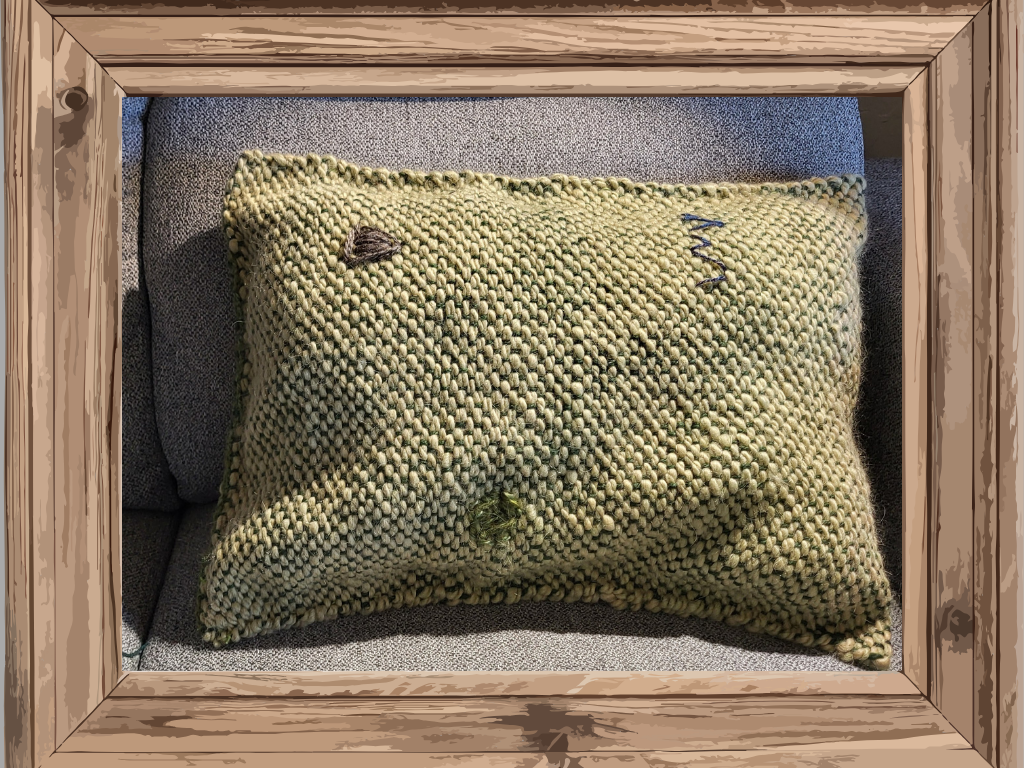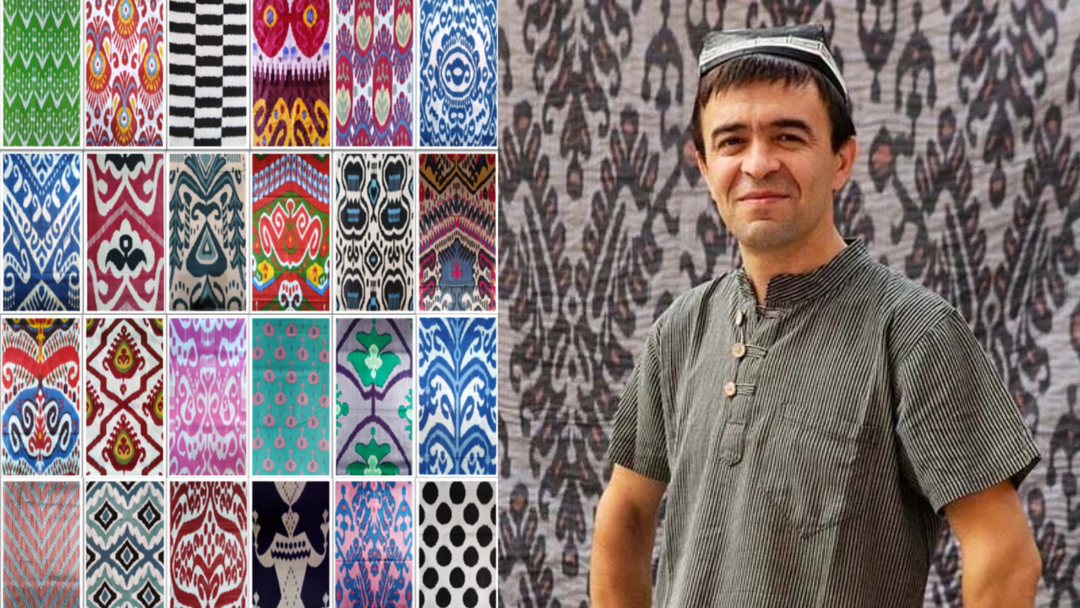My family was gathered around the dinner table recently, all telling stories about what we’d done since the last time we gathered. And that led naturally to stories of past adventures. I began a story about one of my experiences from long ago. Suddenly someone else jumped in, took up the tale, and delivered my punchline about what happened to me. Clearly, some family members had heard my story before. (I guess we all have our favorite stories, don’t we?) But I found it surprisingly annoying! That was MY story, I owned it and I should get to tell it!
That experience reminded me that when social enterprises like HoonArts tell stories about our artisans, their culture and heritage, their history and their lives, we have to be thoughtful and respectful about how we do it. Perhaps the very first question should be, “Who’s story is it, anyway”?
When we tell our own stories, we choose what to say and how to say it. Usually, we like to tell our stories in a way that makes us the “hero” of the tale. (In my husband’s family, there is a permanent dispute between two brothers about which one of them actually pulled the third brother out of the pond when the ice broke.) If we tell a story about ourselves that is embarrassing or makes us feel vulnerable, that’s ok because we made the choice. But it’s an entirely different situation when someone else tells that same story, especially without our permission!
The same principles should apply in storytelling about our artisan partners. I’d love to be able to have our artisans tell their own stories. Unfortunately, circumstances often make that impractical if not impossible.


Munira Akilova of Tajikistan, telling her own story in online experience.
I don’t speak the local languages of our artisans, most of them don’t speak English, and good translators are expensive. We’re 12 time zones apart. Affordable professional photographers, videographers, and copywriters are mostly out of reach for HoonArts and for our artisans.
Our artisan partners are often working multiple jobs, raising families, taking care of elders, and more. Taking time out of their already overwhelming schedules to try to capture photos or videos that help tell their stories for potential customers in the US is often simply not possible, no matter how much they might like to do so.
Even if they can find the time, bad weather, inadequate equipment, lighting or photography space may hamper their efforts. There may not be anyone available locally with experience in storytelling, especially for an American audience of buyers or donors. And then there’s the whole editing and general digital technology challenge . . .
Cultural norms may also make storytelling difficult. For example, some of the women working in rural villages in Tajikistan became the subject of negative village gossip simply because their stories of participation in handicraft projects appeared on local Facebook pages. Only the affirmative permission from husbands resolved the problem.
As a consequence, I usually am telling the stories from Central Asia on behalf of my artisan partners. The stories still belong to them, not to me. Some simple principles emerge from that basic perspective.
First, ask permission to tell their story! The Fair Trade Federation (FTF) recently amended its Code of Conduct to require that FTF members like HoonArts obtain informed consent from artisans to share their stories, and keep a record of that consent. Informed consent includes explaining all the ways and media channels on which we might use their stories and images. We also need to regularly reassess that consent. If artisans request that their stories or images be removed, we need to make sure that happens, including notifying any retailers who might be using those images or stories.

My husband and me enjoying traditional folk music in Tajikistan in a typical welcome setting (2015)
Second, think about the way the story portrays the artist or the culture. Does it place them in a positive light? Is the artist the hero of the story? Does it show respect for the local culture? Are all people portrayed with honesty and dignity? Or does the story focus on the storyteller rather than the subject of the story? Is the story designed to evoke pity rather than respect?
I learned a new term recently which I believe applies in this situation––“asset framing,” coined by social entrepreneur Trabian Shorters. For decades, social enterprises and philanthropic organizations have characterized the people and circumstances they hope to impact using “deficit-framing.” That means defining people by their problems.
By comparison, asset-framing is defining people by their aspirations and contributions before exploring their deficits. In the education arena, for example, it assumes that kids have value before the nonprofit shows up. Deficit-framing often shows up in mission and values statements of well-meaning organizations, like “We help at-risk youth in high-crime neighborhoods,” etc. If that statement were asset-framed, it might become “We help young people overcome obstacles and achieve their dreams.”
One of the psychological benefits of asset-framing is that when your starting point is someone’s aspirations, your brain instantly associates them with worthiness. It becomes much easier to see that the problem is not the person but circumstances and systems that block their worthy aspiration.
For more information about asset-framing, visit Trabian Shorter’s website or this summary of a workshop he recently led.
Whenever I tell stories now about my artists, I first ask myself, “Am I characterizing them from a place of their hopes, aspirations, strengths, and accomplishments”? Or am I trying to make HoonArts the “hero,” the helper of the “underprivileged” or downtrodden? This is exactly the opposite of the approach taken by the news media (and a lot of social media) today, who seem to continuously strive for doom, gloom, danger and disaster.
Third, strive for shared value. Whenever I take the time to put together a story, I try to construct it in a way that the artisans themselves would be proud to share it with their families, friends, colleagues, and customers! Facebook and Instagram are just as popular in Tajikistan, Uzbekistan and Kyrgyzstan as they are in the US, and HoonArts and our artisan partners often share each other’s posts and photos.
For more insights into impactful storytelling principles for authenticity and dignity, check out this wonderful downloadable pdf "Principles of Impact Storytelling" from my friend and colleague Katja Noordam of Fair Change.
I hope this little essay has given you a little window into the storytelling world of HoonArts and our artisan partners. And some ideas about how you can frame the stories you tell in your own life.







loved your story and will remind
Me to remember to practice asset framing
Thank you
Great information!!!
Hugs
Leave a comment